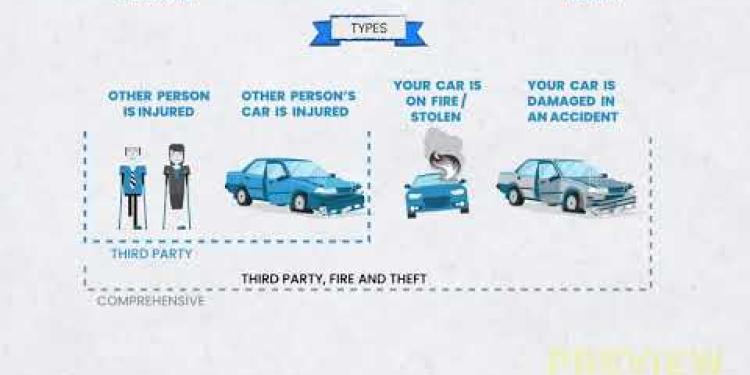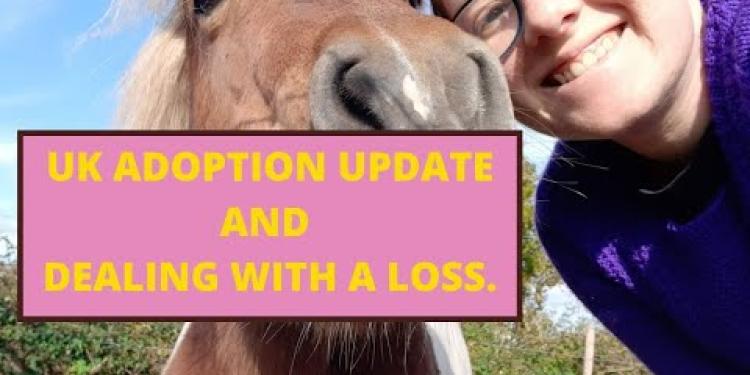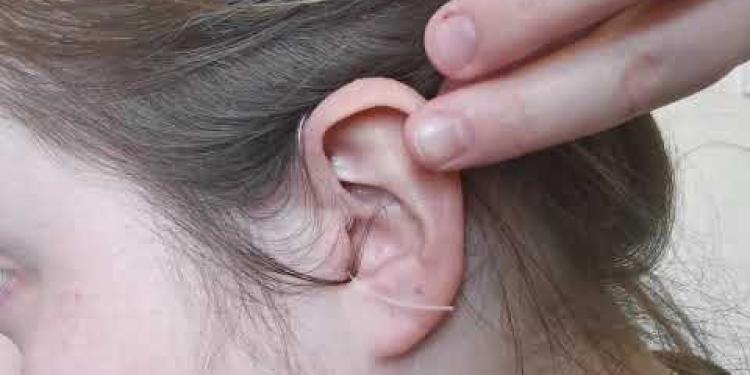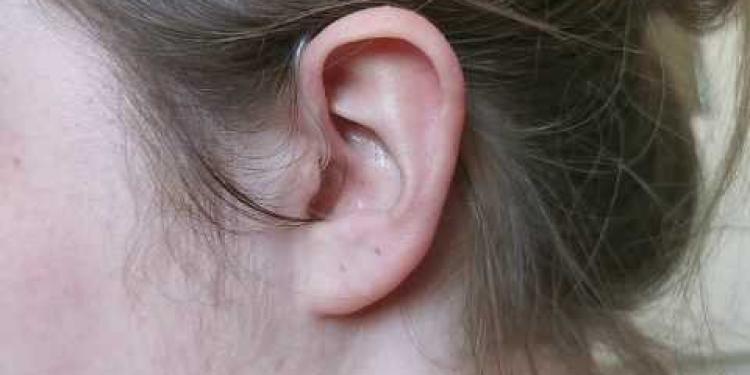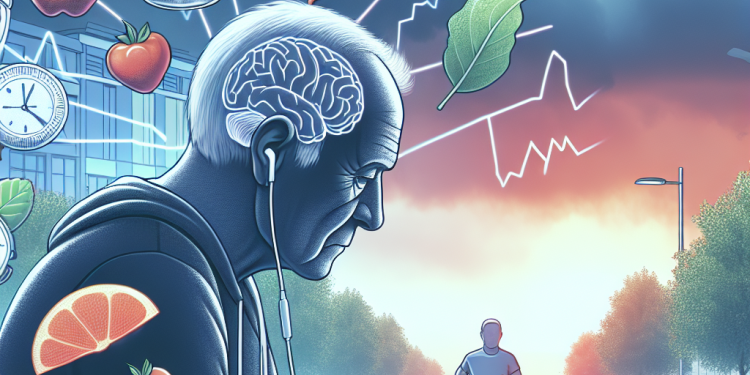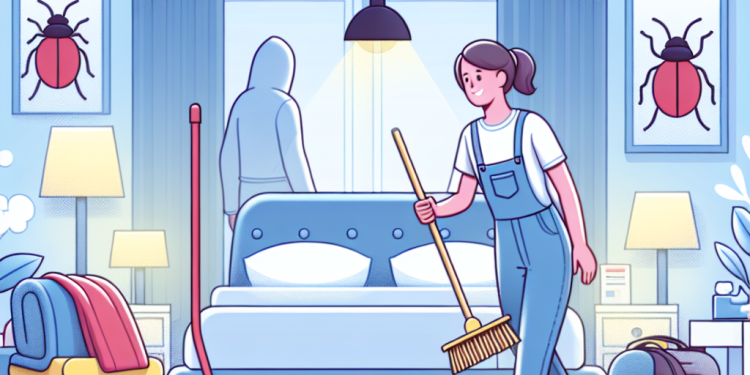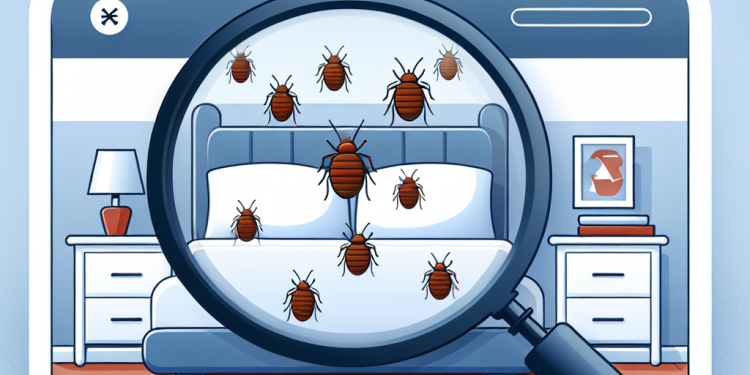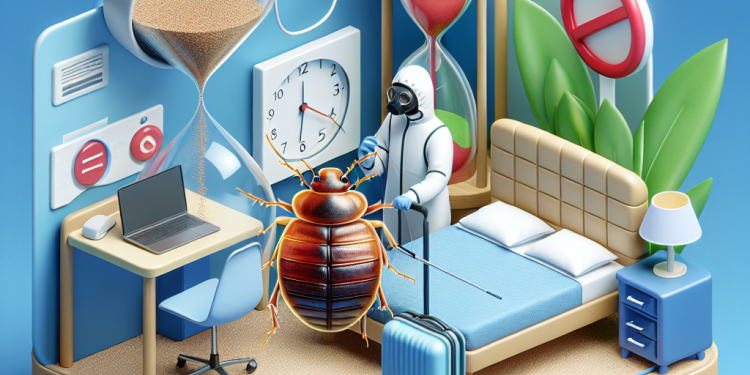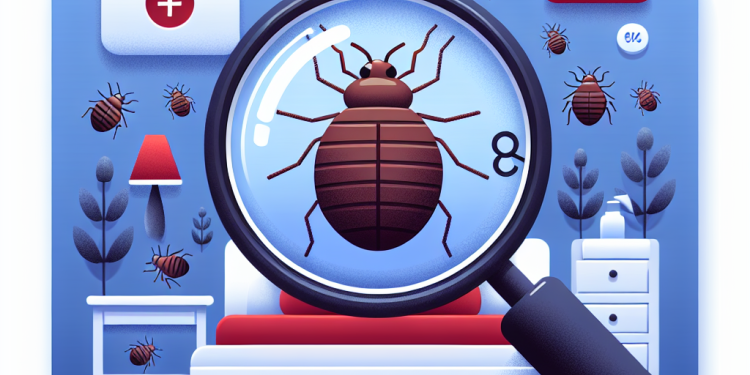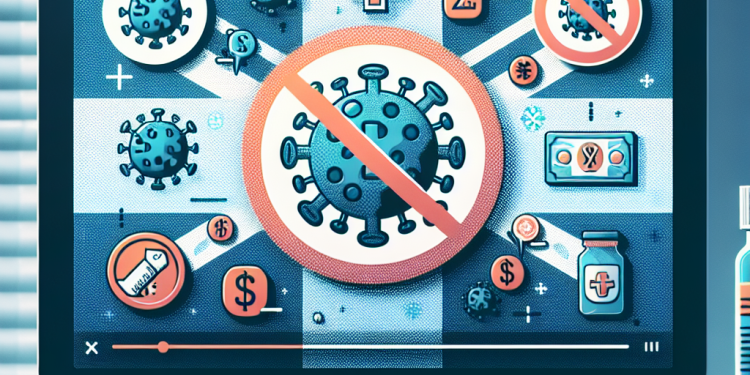
Find A Professional
Rise in Childhood Asthma Linked to Air Pollution in Urban Areas
Introduction
In recent years, there has been a notable increase in the prevalence of asthma among children, particularly in urban areas across the UK. This worrying trend has been closely associated with rising levels of air pollution. Parents, healthcare providers, and policymakers are increasingly concerned about the impact of environmental factors on respiratory health in children.Understanding the Link
Asthma is a chronic respiratory condition characterized by inflammation and narrowing of the airways, leading to wheezing, breathlessness, and coughing. While genetics and lifestyle factors play a role in the development of asthma, environmental triggers are significant. Air pollution, especially from traffic emissions, industrial activities, and construction, is now recognized as a major contributor to the onset and exacerbation of asthma in children. Harmful pollutants such as nitrogen dioxide (NO2), particulate matter (PM), and ozone are prevalent in urban environments and have been shown to adversely affect lung development and function.Impact on Urban Areas
Urban areas, with higher population densities and vehicular traffic, exhibit elevated pollution levels. Children living in cities like London, Manchester, and Birmingham are especially vulnerable. Exposure to pollutants happens both outdoors, from traffic and industrial sources, and indoors, as pollutants infiltrate homes and schools. There is a clear dose-response relationship where increased exposure to air pollutants correlates with heightened asthma symptoms and attacks in children.Health and Societal Implications
The rise in childhood asthma not only affects the health and quality of life for affected children and their families but also places a significant burden on the National Health Service (NHS). Asthma-related hospital admissions and treatments are costly and can lead to missed school days for children and workdays for parents. Moreover, asthma is linked to reduced physical activity and can impair children's overall well-being and development.Addressing the Challenge
To combat this growing issue, multiple strategies are required. Firstly, improving air quality through stricter emissions regulations, promoting cleaner transportation options, and enhancing green spaces can significantly reduce pollutants. Public health campaigns to raise awareness about asthma triggers and management can empower families to better cope with the condition. The UK government is urged to implement and enforce policies that prioritize reducing air pollution as a critical public health measure, particularly in protecting the most vulnerable population—children.Conclusion
The rise in childhood asthma linked to air pollution in UK urban areas is a public health challenge demanding urgent action. By addressing air quality and raising awareness, we can help mitigate the impact on children's health and improve their quality of life, ensuring a healthier future for the coming generations.Frequently Asked Questions
What is the link between air pollution and childhood asthma?
Air pollution, especially in urban areas, contains pollutants like nitrogen dioxide and particulate matter that can irritate the lungs and exacerbate conditions like asthma in children.
Which air pollutants are most harmful to children with asthma?
Nitrogen dioxide (NO2) and particulate matter (PM10 and PM2.5) are among the most harmful pollutants that can trigger asthma symptoms or worsen them in children.
Why are urban areas more affected by air pollution-related asthma?
Urban areas have higher traffic congestion, leading to more emissions from vehicles. This, combined with industrial activities, results in higher pollution levels.
What are the symptoms of asthma in children?
Symptoms include wheezing, coughing, shortness of breath, and chest tightness. These symptoms can worsen with exposure to air pollutants.
Is air pollution the only cause of asthma in children?
No, asthma can also be caused by genetic factors, allergens, respiratory infections, and other environmental factors besides air pollution.
How can parents protect their children from air pollution?
Parents can reduce exposure by avoiding areas with heavy traffic, using air purifiers at home, and keeping windows closed on high pollution days.
Are there times when air pollution is worse?
Air pollution levels can be higher during rush hours, in the evenings during cool weather due to inversion layers, and on days with little wind.
What governmental measures are in place in the UK to reduce air pollution?
Measures include the Clean Air Strategy, Ultra Low Emission Zones (ULEZ) in cities, and promoting electric vehicles and public transport.
How does air pollution affect the health of children beyond asthma?
Air pollution can also impact children's lung development, increase the risk of respiratory infections, and potentially affect cognitive development.
Is asthma more common in any particular groups of children?
Asthma is more prevalent among children living in urban areas, those with a family history of asthma, and children from economically disadvantaged backgrounds.
What role do schools play in managing asthma risk related to air pollution?
Schools can help by implementing 'no idling' policies for cars, increasing greenery on premises, and encouraging outdoor activities when pollution levels are low.
How can children with asthma be supported in schools?
Schools can support children by ensuring they have their inhalers accessible, promoting awareness, and training staff to recognise and respond to asthma attacks.
Are there any apps or resources for monitoring air quality?
Yes, several apps such as Air Quality Index (AQI), Breezometer, and DEFRA's UK-AIR provide up-to-date air quality information for different areas.
What long-term effects can childhood asthma have?
If not managed properly, asthma can lead to chronic respiratory issues and impact long-term lung function and quality of life.
What research is being done on air pollution and asthma?
Research is ongoing to better understand the mechanisms of how pollutants affect asthma, develop interventions, and influence public health policies to reduce exposure.
Useful Links
More Videos of Interestdiagnosis
Have you found an error, or do you have a link or some information you would like to share? Please let us know using the form below.
- Ergsy carfully checks the information in the videos we provide here.
- Videos shown by Youtube after a video has completed, have NOT been reviewed by ERGSY.
- To view, click the arrow in centre of video.
- Most of the videos you find here will have subtitles and/or closed captions available.
- You may need to turn these on, and choose your preferred language.
- Go to the video you'd like to watch.
- If closed captions (CC) are available, settings will be visible on the bottom right of the video player.
- To turn on Captions, click settings .
- To turn off Captions, click settings again.







































